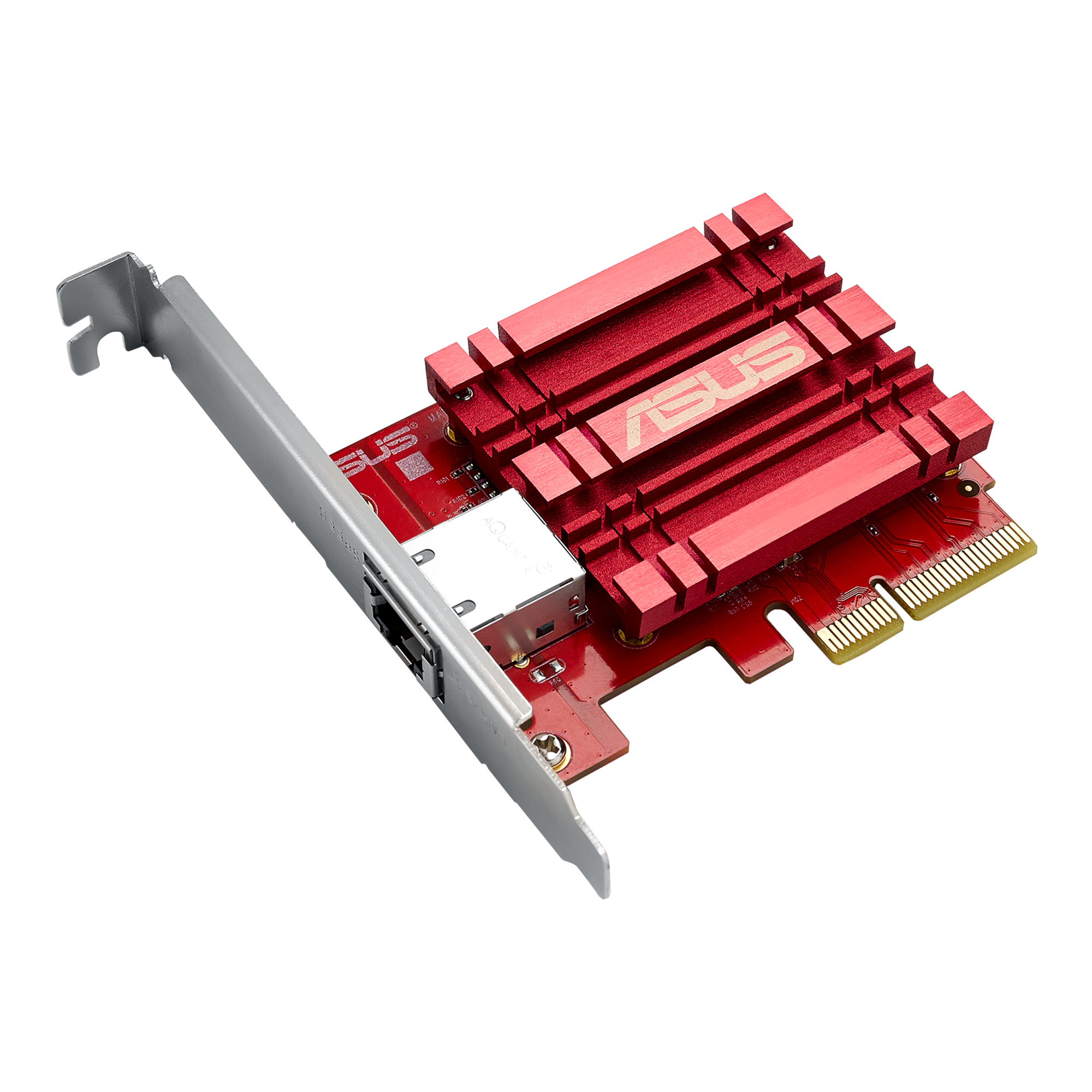Originally posted by edwaleni
View Post
I've got no doubt I could build something to give a network a very good workout with a price tag of anywhere from $300 to $1000 depending on how much I want to stress the net. Unless you really need the massive number of ports the XenaNetworks various platforms support, why even think about spending that kind of money?
This is all assuming that your testing a single box or maybe two. If you need more than 40 to 60Gb/s I would get a Chelsio T6(runs around $600) and you'll get 100Gb line speed.
https://www.chelsio.com/wp-content/uploads/resources/T5-40Gb-FreeBSD-Netmap.pdf





Leave a comment: